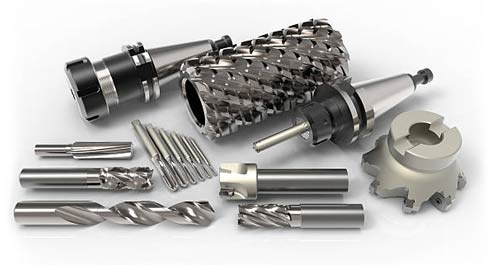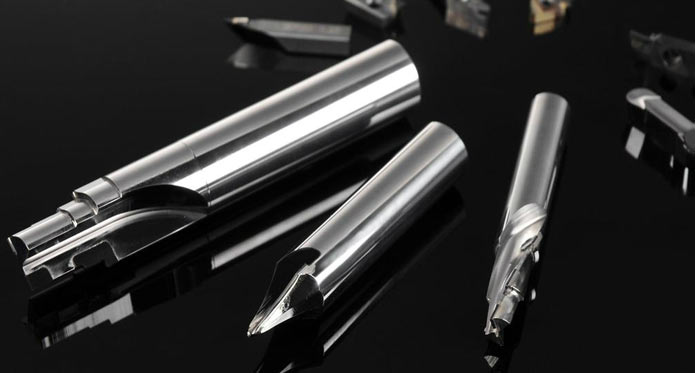If you’ve been wondering what polycrystalline diamond is, this article can help you out. Read on to learn about its characteristics and applications in tooling and manufacturing. In addition, it’ll explain how it differs from tungsten carbide. The article also lists a few examples of its typical uses. In this article, we’ll cover the differences between polycrystalline diamond and tungsten carbide, and how the two types can help you in different processes, find more about this.
Applications of polycrystalline diamond in manufacturing

As the hardest naturally occurring material, polycrystalline diamond has a number of industrial uses. Single-crystal diamonds are very brittle due to catastrophic cleavage fracture, and the compact form of polycrystalline diamond is created using high-pressure and high-temperature technology. The resulting material is a unique alloy with excellent mechanical, thermal, chemical, and acoustic properties. The following are several applications of polycrystalline diamond in manufacturing.
Various industries have already been benefiting from the excellent abrasion resistance and durability of polycrystalline diamond. These include the woodworking and composites industries. Their high-performance, long-life and accuracy are important for their machining needs. Their excellent cutting performance will expand their use in the 21st century. These cutting tools will improve overall production efficiency and reduce costs. These tools are ideal for cutting materials ranging from non-ferrous metals to chipboards and laminated boards.
Characteristics of polycrystalline diamond
In the current study, the structural characterization of polycrystalline diamond was carried out using Raman spectroscopy. The diamond samples were synthesized on n-type silicon wafer substrates, with the temperature range of 170 K to RT. The samples were then examined by a point probe (FPP5000) to determine the electrical conductivity. The synthesis was carried out using a hot filament CVD reactor, with methanol vapor diluted in hydrogen. The substrate temperature was 1000 K.
The thermal conductivity of polycrystalline diamond films is poorly understood. However, the use of silicon nanowires as surface temperature nano-sensors is one example of its versatility. Raman Thermography has allowed for the determination of thermal barriers between polycrystalline diamond and the Si substrate. The thermal conductivity of nanocrystalline diamond is lower than that of bulk diamond, with cross-plane thermal conductivity being slightly higher.
Typical applications of polycrystalline diamond in machining
The machining industry can use polycrystalline diamond for a variety of purposes. This abrasive can be used in a variety of ways, from forming grinding wheels to creating tools and dies. Typical applications for polycrystalline diamond are described below. If you’re interested in learning more, consider purchasing a polycrystalline diamond product. There are many advantages to this material.
Characteristics of polycrystalline diamond tooling
The performance characteristics of polycrystalline diamond tools are essential for effective manufacturing processes. These diamonds can be divided into three different types: synthetic single crystal, thick layer CVD diamond, and thin layer CVD diamond. The first two types have advantages over the latter. They exhibit good abrasion resistance and thermal stability, and they also allow for higher cutting speeds during dry machining. Therefore, polycrystalline diamond tools are the best choice for various types of metal-cutting processes.
Summary
Polycrystalline diamond (PCD) is an extremely hard material made from disorganized, randomly-oriented diamond crystals bonded to a substratum of tungsten carbide. It is created in a laboratory through a high-pressure, high-temperature sintering process. When the diamond is created, the empty spaces between individual diamond grains are filled with an alloy containing cobalt. Unlike conventional diamond, this product maintains its hardness and wear resistance in its machining applications.
